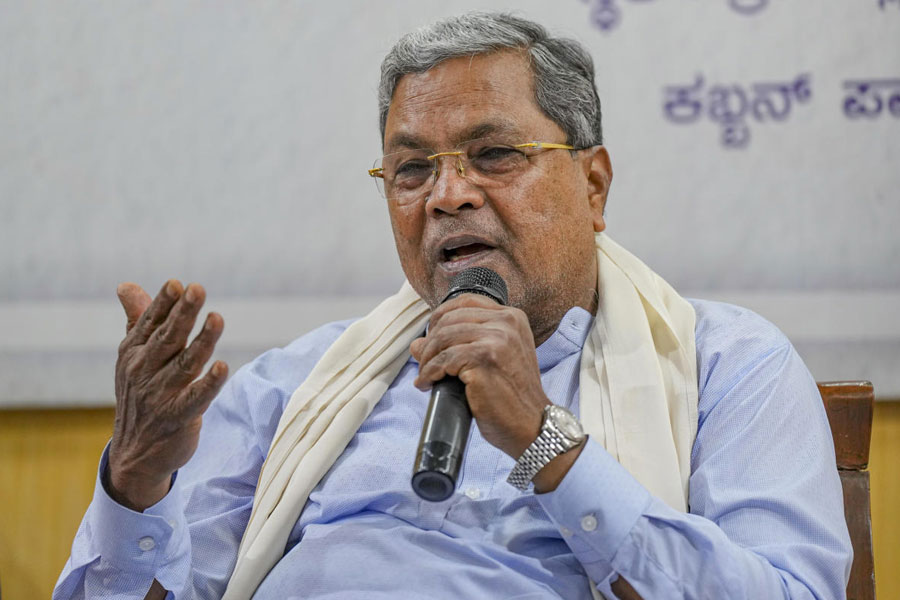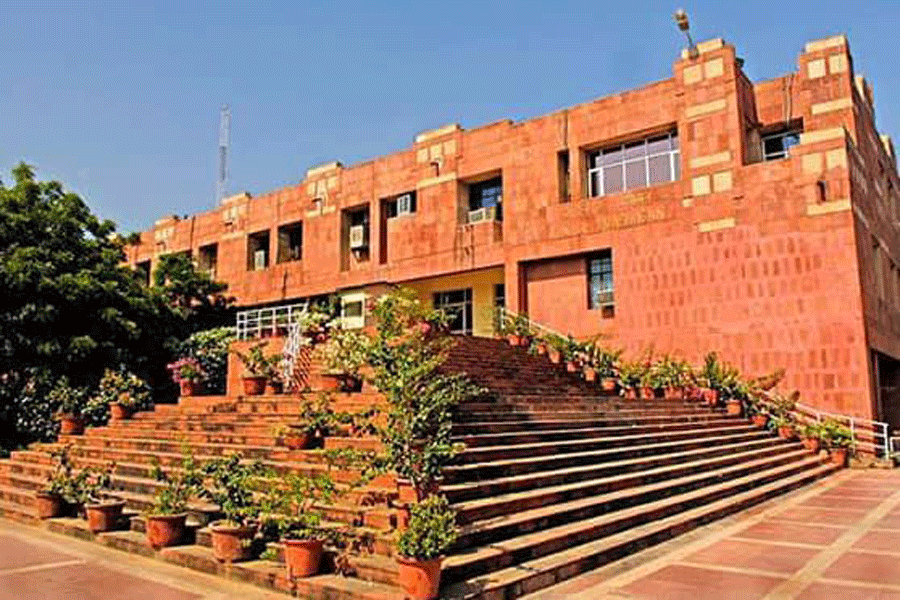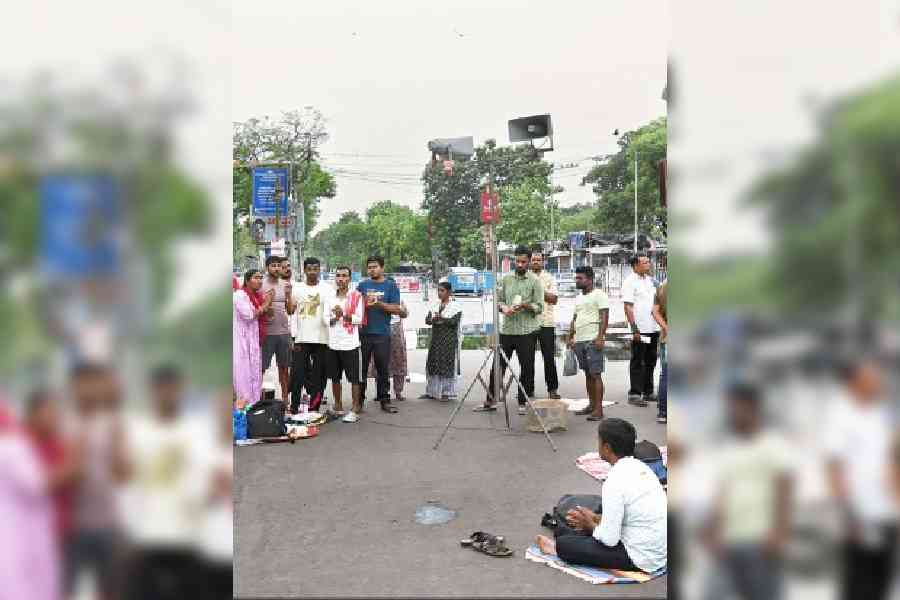 |
In Lewis Carol’s delightful book, Through the Looking Glass, the Red Queen tells Alice: “It takes all the running you can do, to keep in the same place.” That seems to be the case of Odisha, which, in spite of achieving a decent economic growth over the past decade, finds itself as one of the country’s least developed states, as identified by the Raghuram Rajan committee (September 2013) on the basis of its “composite (under) development index”.
However, the charge of failing the state in developmental efforts levelled against the Naveen Patnaik government by the Opposition Congress leaders misses the whole point of the Rajan exercise, which was intended to grade the states according to some objective criteria of backwardness so that the more backward among them can get relatively higher central allocations. In that “race to the bottom”, Odisha seems to have won decisively, even beating Nitish Kumar’s Bihar in the contest!
The Rajan committee’s recommendations fall into two broad groups — technical and political. On the technical side, the committee has designed a composite (under) development index which is an average of 10 sub-components: (i) monthly per capita consumption expenditure, (ii) education, (iii) health, (iv) household amenities, (v) poverty rate, (vi) female literacy, (vii) percentage of scheduled caste (SC) and scheduled tribe (ST) population, (viii) urbanisation rate, (ix) financial inclusion and (x) connectivity. The states are grouped into three categories based on this index — least developed (10 states), less developed (11 states) and relatively developed (seven states).
While Odisha and Bihar are in the “least developed” category, surprisingly, Gujarat finds itself among the 11 “less developed” states.
The committee has recommended the allocation of development funds from the Centre to the states based on a state’s development needs and performance. The “need” will be assessed on the basis of the (under) development index, taking due note of its area and population and the incremental reward for “performance” will be determined by an improvement in the index over time. While each state will be eligible for a fixed basic allocation of 0.3 per cent of overall funds, the relatively less developed or backward states that are higher in the index would get higher allocations than those which are more developed. Critics have pointed out some basic faults in the design of the index. For instance, it has been said that the index is a “curious mix” of both input and output variables and several of these variables (eg poverty ratio and household expenditure) are highly correlated which may result in double counting.
Also, the inclusion of per capita consumption expenditure instead of per capita state domestic product in the index has been questioned. For, this could lead to distortions as, for example, high per capita expenditure due to vast inflows of remittances into a state like Kerala would make it more developed than say, Gujarat, which could have lower consumption expenditure due to a relatively high saving rate.
However, it is the political underpinnings in the committee’s recommendations that may have greater relevance for the affected states.
It may be recalled that finance minister Chidambaram had announced the appointment of the committee in his budget speech last February with a view to evolving new criteria for backwardness in response to a clamour from some states, notably Bihar and Odisha, for “special category” status that would enable them to get higher central assistance.
The committee says in its report that while it has recommended a formula for transfer of development funds from the Centre to the states, it has not identified the quantum or source of these funds.
However, of the four forms in which the Centre transfers funds to the states, three already have their statutory stipulations or executive guidelines governing such transfer. Devolution of central tax revenues to the states is determined by the Finance Commission’s award, grants from the central ministries for development projects under the Centre-sponsored schemes are made according to their respective guidelines and normal plan assistance (NPA) for the State Plans from the Planning Commission is regulated by the Gadgil-Mukherjee formula approved by the National Development Council (NDC).
That only leaves the funds available under the provision of “special plan assistance” that the Planning Commission uses to fund programmes such as backward area development schemes in the states. Funds from the source can be distributed according to the Rajan formula only if the Planning Commission agrees with the committee’s suggestions.
The Rajan committee seems to be aware of this position as it says in its report that allocation schemes based on “existing categorisation” can run parallel to its proposal as “they serve somewhat different purpose”. This also means that the existing eleven special-category states located across the Himalayan foothills will continue without any change in their status or entitlements.
As regards the demand from some states such as Bihar and Odisha for being given the “special category” label, the committee has the following sane (!) advice: “… states that have raised a claim for inclusion in that (special) category will find that their need for funds and special attention is more than adequately met by the twin recommendations of the basic allocation of 0.3 per cent of overall funds to each state and categorisation of states that score 0.6 and above on the (under) development index as ‘least developed states’.”
The Planning Commission has, in the meantime, added a new twist to the story by declaring that the Raghuram Rajan committee’s report on the development index will not work for the distribution of all central funds. Instead, in the time-honoured and classic tradition of Indian bureaucracy, it has now appointed yet another committee comprising plan panel members Mihir Shah and Abhijit Sen to have a fresh look at the issues involved in transferring money to the state governments from the plan budget.
“Everything has been said already,” Andre Guide, French thinker and writer once wrote. “But as no one listens, we must always begin again.”
(The author, a former Union industry secretary, is now an honorary senior fellow, Institute for Studies in Industrial Development, New Delhi)










